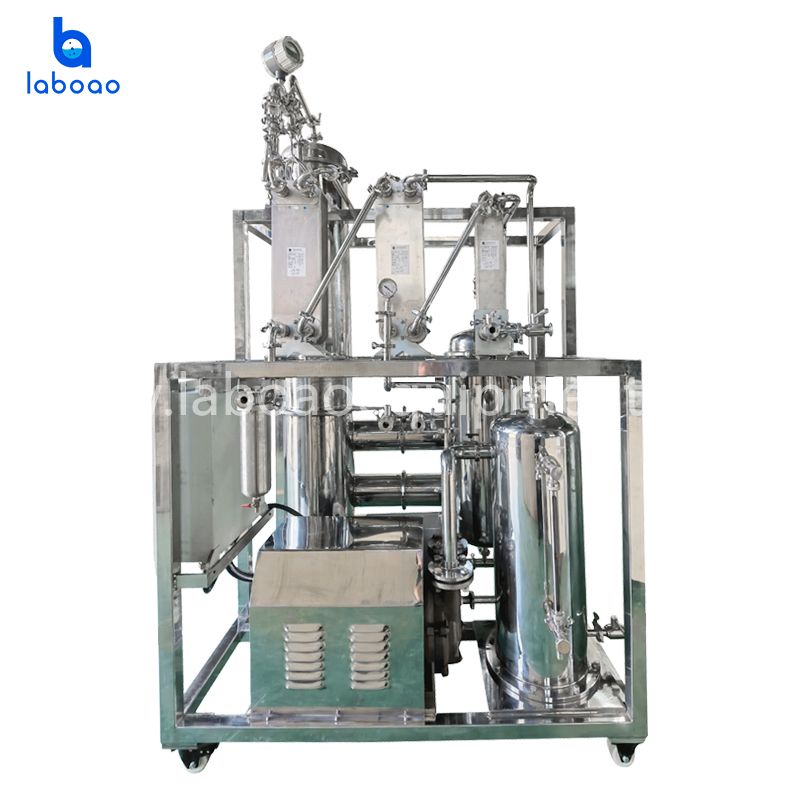The Principle Of Falling Film Evaporator
Here's how it generally works:
Liquid Feed Inlet: The solution to be concentrated is fed into the top of the evaporator.
Distribution System: The liquid is evenly distributed on the inner surface of vertical tubes or plates. This can be achieved using a distribution system, such as a rotating distribution pan.
Formation of Falling Film: The liquid forms a thin film as it flows downward due to gravity. This film enhances the heat transfer process by maintaining a high surface area for evaporation.
Heat Source: Heat is applied to the exterior of the tubes or plates. This heat causes the solvent in the liquid to evaporate, leaving behind a concentrated solution.
Vapor and Liquid Separation: The vapor generated from the evaporation process rises and is separated from the liquid. The concentrated liquid is collected at the bottom.
Product and Vapor Outlets: The concentrated product is withdrawn from the bottom of the evaporator, while the vapor is typically condensed and may be used for further heating in the process or discharged.
The Falling Film Evaporator is known for its efficiency in heat transfer and its ability to handle heat-sensitive materials, as the thin film ensures a short residence time for the liquid in the evaporator. This helps to minimize thermal degradation of the product. The technology is widely used in industries where large-scale concentration or evaporation is required.
The falling film evaporator can be designed with different configurations, such as vertical or horizontal tubes, to suit the specific requirements of the application. The technology is versatile and can be adapted to various processes, making it a popular choice in industrial settings.








-analyzer-1695623743955.jpg)

